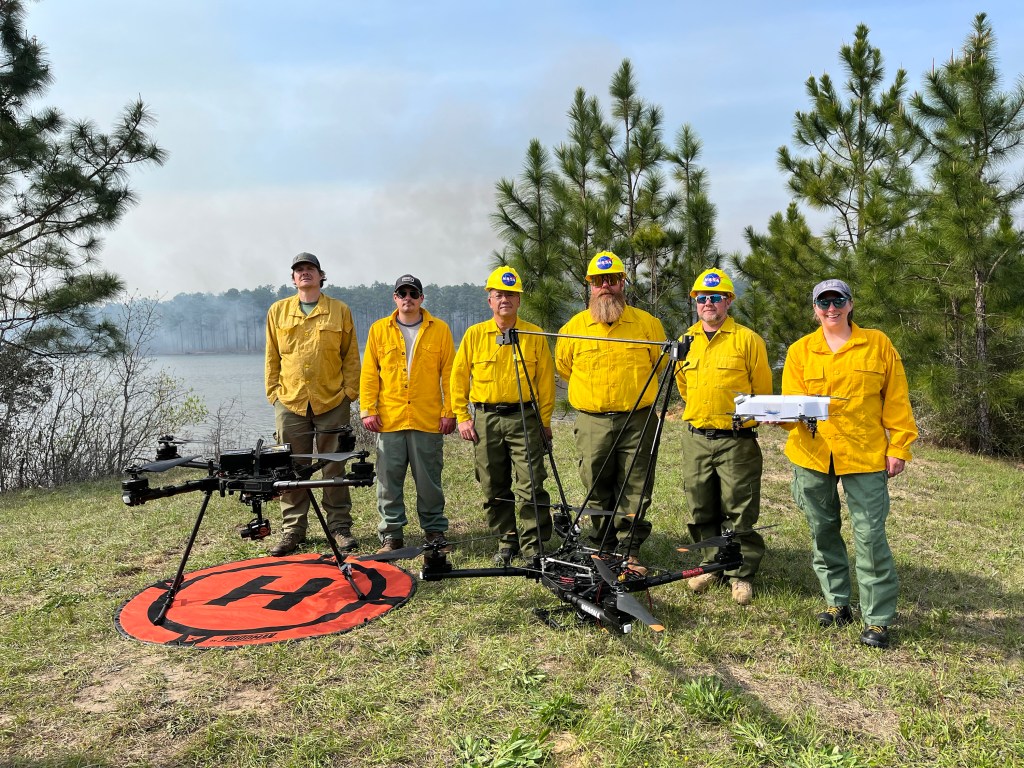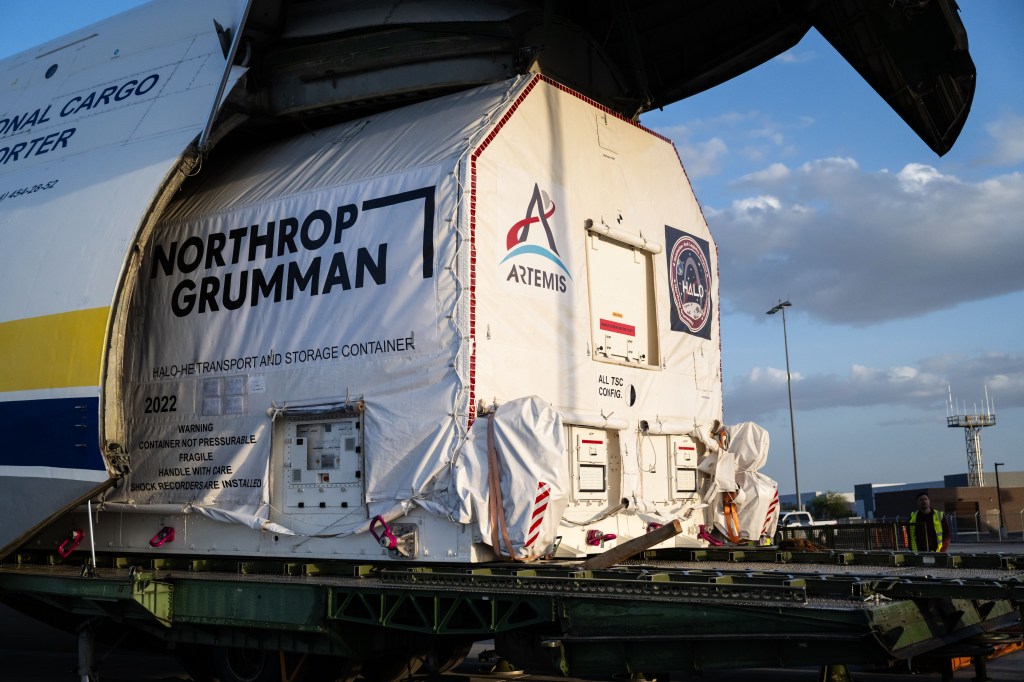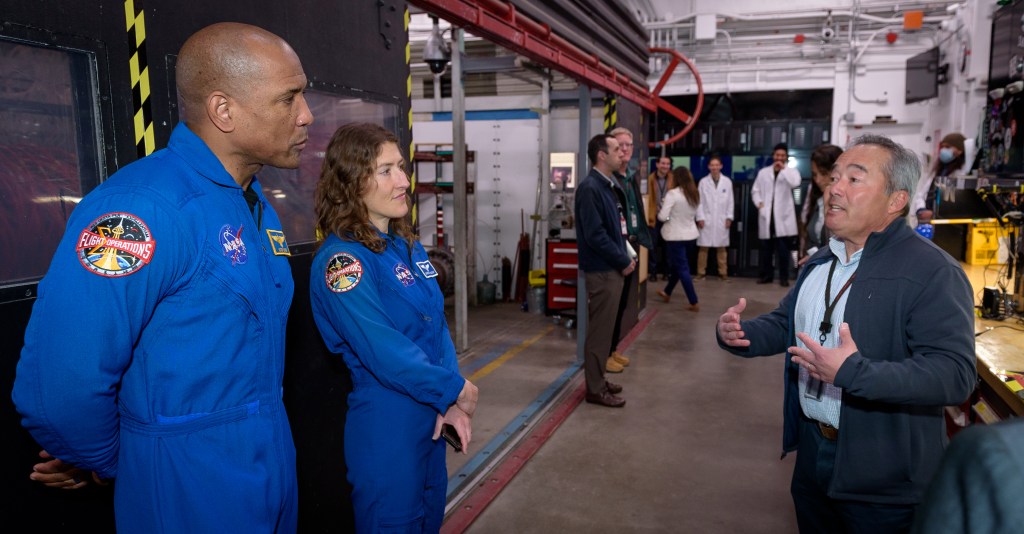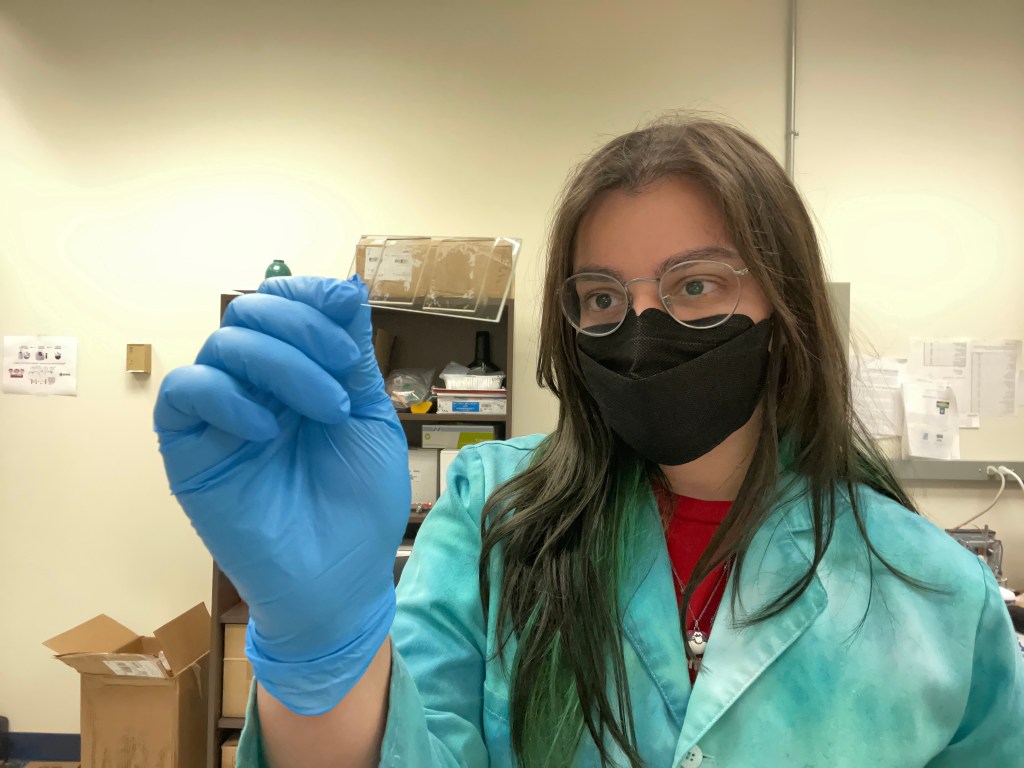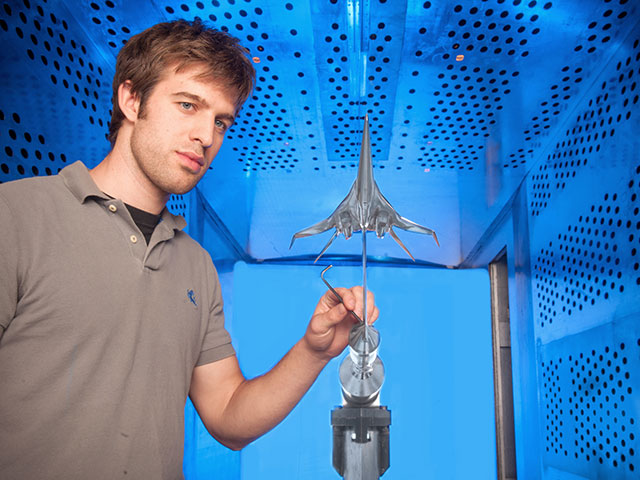Charles Kelly
University of Washington
This proposal details a course of research that will mature Magnetoshell Aerocapture (MAC) technology for use in mission design. MAC is an aeroassist maneuver for orbit insertion at target bodies with significant atmospheres. It deploys a modulated “plasma parachute” that meets the demands of Technology Area 9.4.1 (Deployable Hypersonic Decelerators) in NASA’s Technology Roadmap. The research will analytically investigate orbit-targeting sensitivities of MAC to atmospheric entry conditions and local weather disturbances using the Program to Optimize Simulated Trajectories II (POST2). It will also experimentally investigate the aerodynamic and thermal characteristics of the plasma decelerator using a “wind tunnel” approach. These results will be supported and validated by novel theory development of plasma chemistry in orbit entry regimes. Experimental results will be applied to a custom MAC module within POST2 that will enable the broader Entry, Descent, and Landing community to design missions utilizing MAC. At present, NASA is studying several mature aerocapture technologies, the drawbacks of which often dictate excessive constraints on their intended design architectures. Maturing MAC to a level competitive with current aerocapture options will relax these constraints and open up new pathways to delivering deep space payloads.


